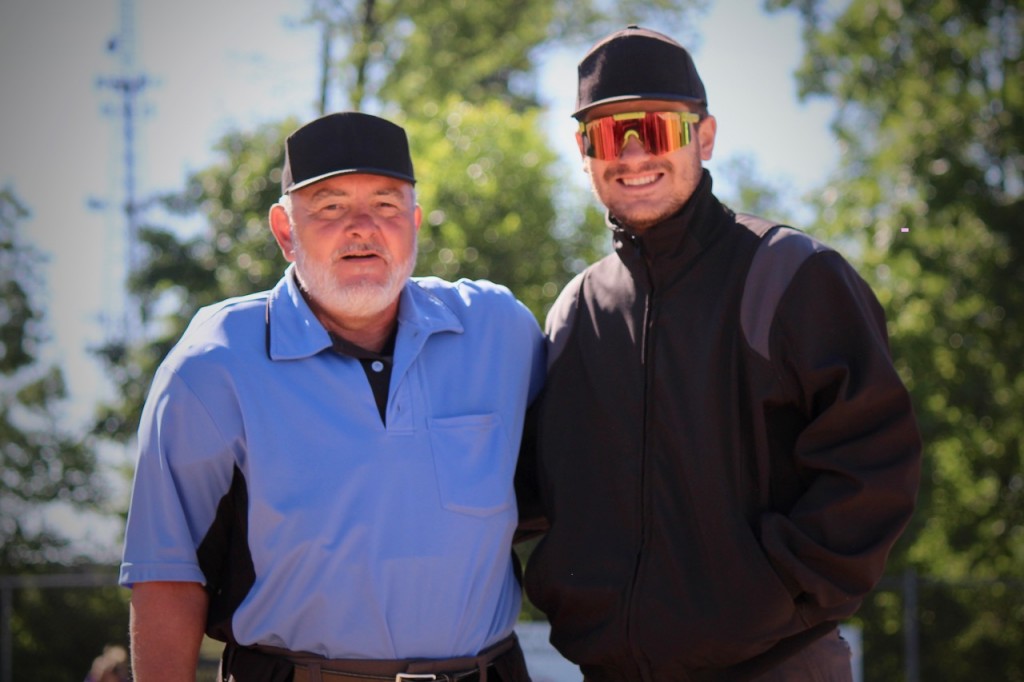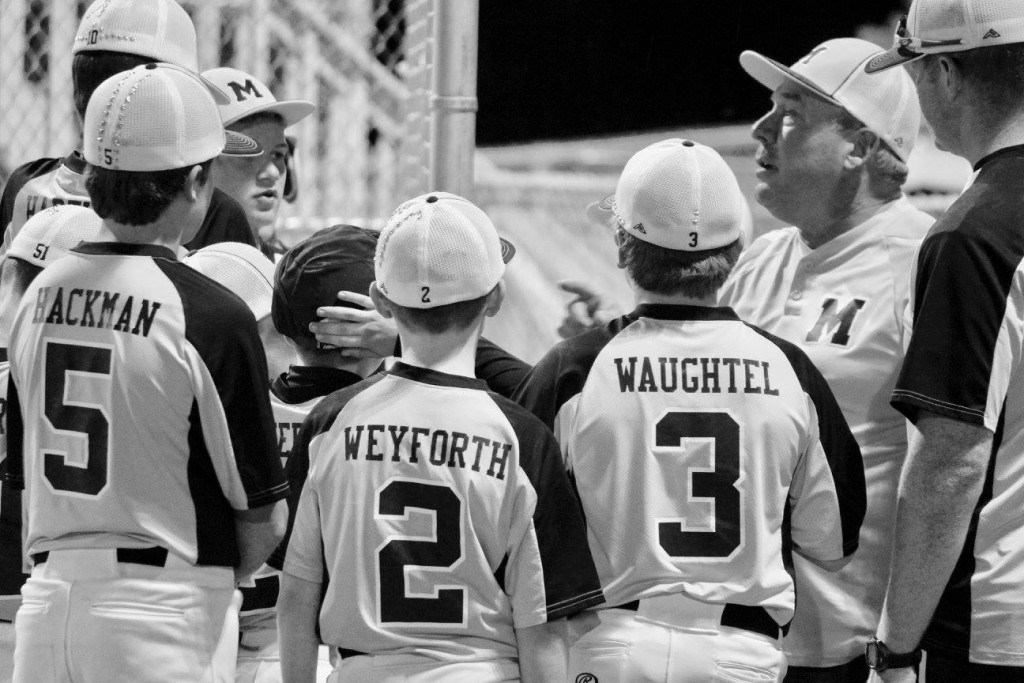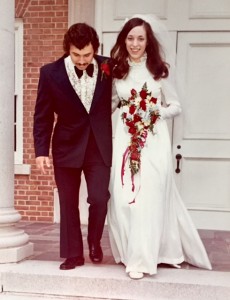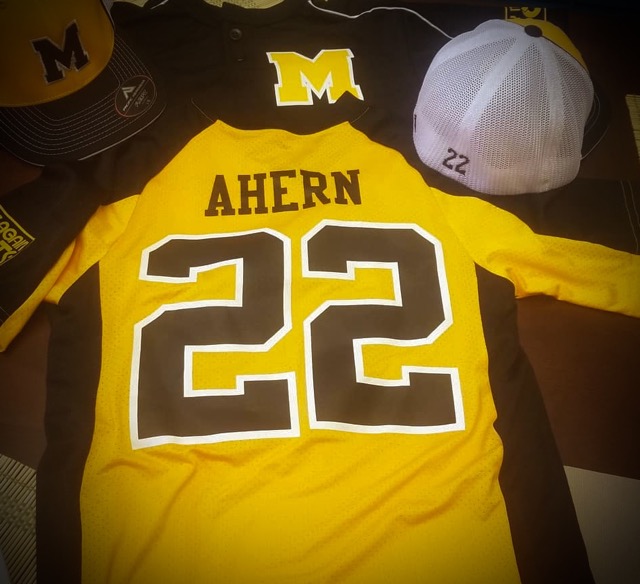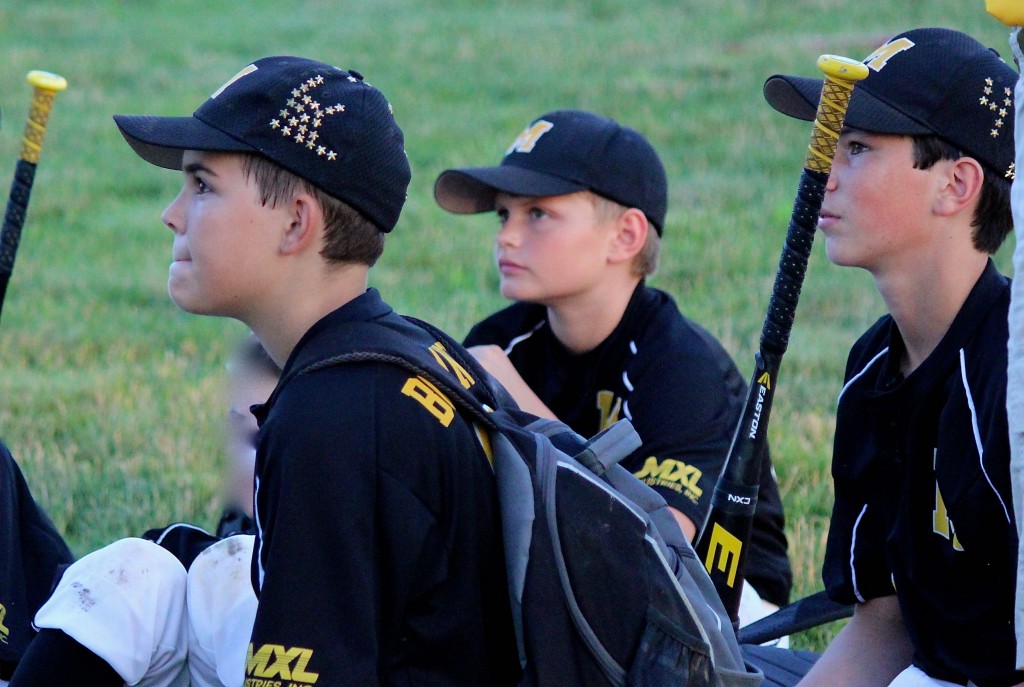Not surprisingly, yesterday Bob and I spent yet another Father’s Day at the ball field – specifically at the Manheim (PA) 12U annual Father’s Day Tournament. The Indians have played in this tournament for more years than I can count. So many memories surround this beloved event – some fond, some – well, shall we say, legendary. All permanently engraved on my heart and forever etched in my mind.
Fourteen years ago, one of our grandson’s was born during a Manheim Father’s Day Tournament game. Another year, Bob had to have his wedding band cut off his finger between games because he stuck his hand out to catch a foul ball. Many years, our kids and grandkids who were able to have dropped by to celebrate their dad and “pap” doing what he loves. We were even introduced to a precious new “grand puppy” at one year’s game. And when I close my eyes, I can still see Bob’s elderly parents sitting in their rickety aluminum folding chairs on the sidelines, cheering for him and the team, even though his mom wasn’t a baseball fan and understood little about the game.
Then there were the times when: for reasons still unknown, one of our coaches rolled a ball onto the field during play (um, embarrassing); our fans got uncharacteristically reprimanded by an umpire for questioning calls; an umpire threatened to “toss” Bob if our fans didn’t settle down; and one year, some of our fans stoically remained huddled on the bleachers under huge umbrellas waiting out a deluge-induced rain delay.
Once again this year, as in many years past, a number of former Indian players and their parents came out to watch some of the Father’s Day tournament games. We chit-chat - “Remember the time that … , I’ll never forget when…” I cherish these brief but special moments of reconnection with people with whom our paths now seldom cross but with whom Bob and I have shared many good times and sweet memories.
This year, the Indians had the privilege of having a Father’s Day game fittingly officiated by a father / son umpire team. Over the years, these guys also have done some of our league games, so Bob knows them both pretty well. They are nice guys, pretty good umpires (as umpires go) and above all, dedicated to youth sports.
At one point during the game, this umpire duo stood side-by-side chatting on the first baseline while the Indians and their opponent prepared for the bottom of an inning. Camera in hand, I called out their names and snapped their picture as they turned toward me. I love this picture for so many reasons, but mostly because it underscores all that is good about a day set aside to honor and spend time with our dads. Like umpires, few dads get it right every time, but the good ones, the ones who really care, show up every game day, stand by those they love through good times and bad times, and make the best calls they can each time.


